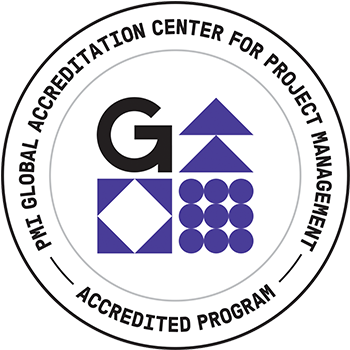During the construction phase of project delivery, attention must be paid to the aims established in design including the needs and opportunities of the project site to ensure that the project is delivered in a sustainable fashion and that the outcome meets the design intent. This presentation describes opportunities in the construction phase of project delivery that apply to building projects. It begins with an overview of the changing nature of construction services, followed by a range of strategies that can be incorporated to improve project sustainability, from pre-construction through turnover of the project at the end of construction. A detailed case study of the first LEED Platinum hotel illustrates these strategies in practice.
Managing a project to increase its sustainability requires careful attention to construction operations and the way in which those operations are managed. Opportunities also exist for construction stakeholders to contribute to the project before construction begins.
Many practices can be employed in each of the following areas to improve the sustainability of a construction project, including:
Preconstruction services – activities undertaken by construction firms to support owner project development during earlier planning and design phases.
Construction engineering best practices – practices that pertain to the means and methods used on site to construct a building.
Project management best practices – practices that involve managing people, equipment, information and other resources to achieve the goals of a specific project related to schedule, budget, level of quality and sustainability.
PMI Talent Triangle: Technical Project Management

